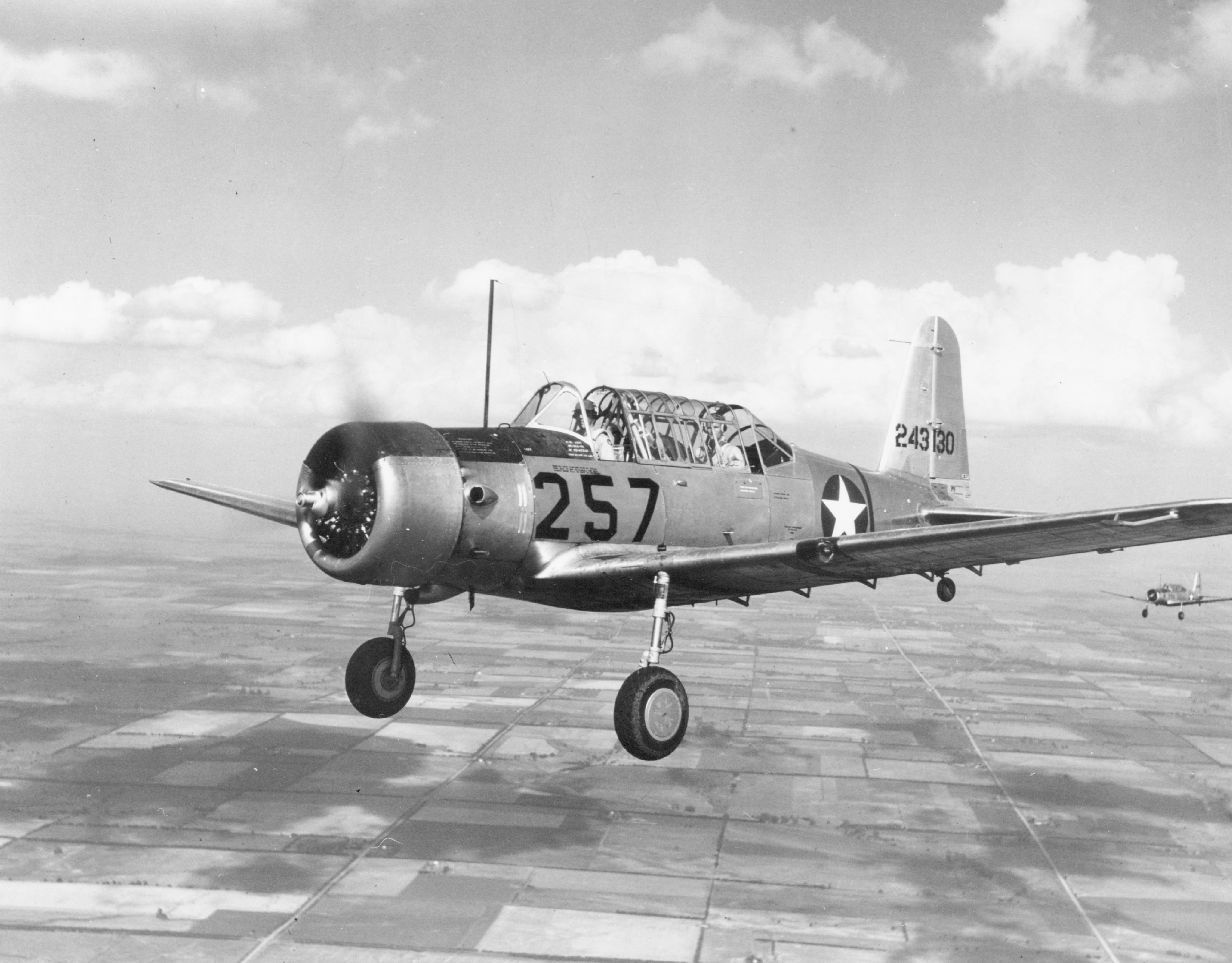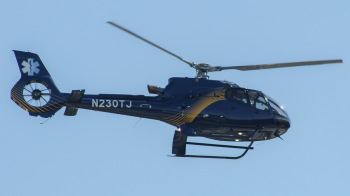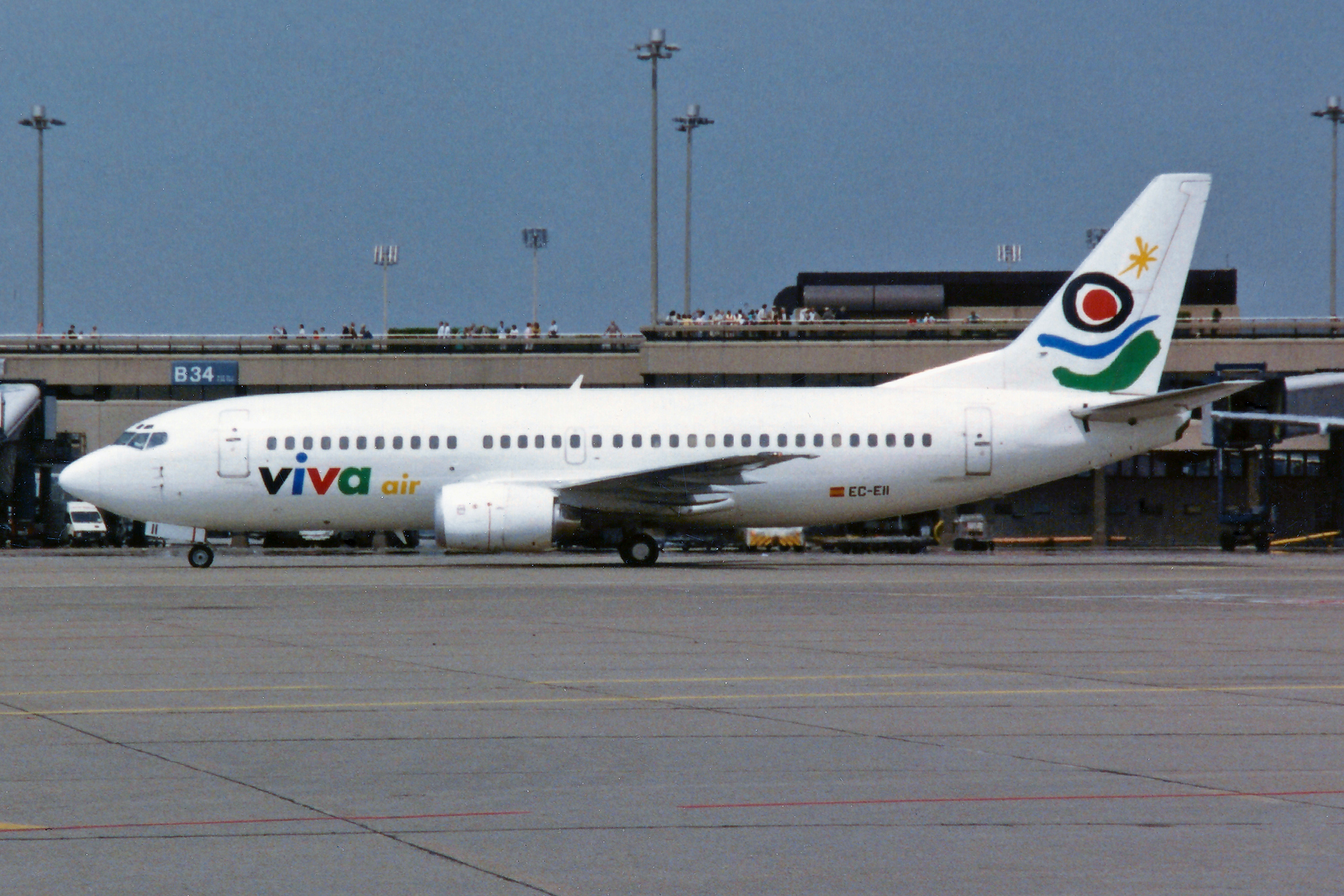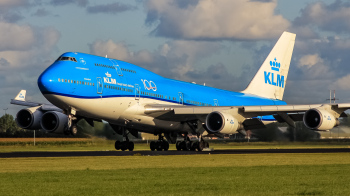The Vultee BT-13 Valiant is a single-engine, low-winged monoplane that was manufactured by Vultee Aircraft during the Second World War. It was designed as a basic trainer to give fledgling pilots the skills to fly more advanced aircraft.
The BT-13 was first developed in 1936, when Vultee's Chief Engineer, Nelson J. Tucker, was asked to design a two-seater training aircraft. Tucker was inspired by the North American T-6 Texan and designed the BT-13, which was an improved version of the earlier BT-10 and BT-12 models. The BT-13 was powered by a Pratt & Whitney R-985 Wasp Junior engine and was equipped with two seats, side-by-side. It had a range of 830 miles and a maximum speed of 200 mph.
The BT-13 went into production in 1938 and was the primary trainer used by the United States Army Air Corps until 1944. Over 8,500 BT-13s were produced during the war and they were used by many Allied air forces, including the British, who called them the 'Valiant'. The BT-13 was also exported to other countries, such as Mexico, Canada, and Brazil.
Although the BT-13 was a successful aircraft, it had some issues with safety. One of the most common problems was engine failure. This was caused by the engine overheating due to inadequate cooling. Other issues included malfunctioning landing gear, which often caused the aircraft to crash during take-off or landing. In 1944, the Army Air Corps issued a warning about the BT-13, stating that it was not suitable for use in combat.

Despite its issues with safety, the BT-13 proved to be an effective trainer and was used to train tens of thousands of pilots during World War II. Today, it is a rare sight, with only a few surviving aircraft. However, the BT-13 is still remembered fondly by those who flew it, and it remains an important part of aviation history.







Comments